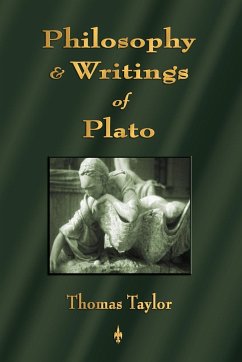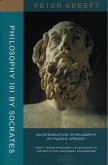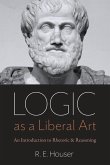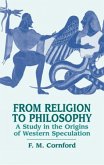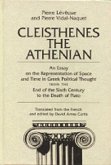This book is a very comprehensive introduction to the fascinating subject of philosophy. It is a treasure trove of ideas and the history of ideas, and its clear use of terms and definitions means it is accessible to both the student and non-student alike. The main text of the book is divided into four sections: - Part one is an introduction to philosophy in the academic sense, covering definitions, scope, methods, tools, and the theory of knowledge. Part two is a chronological review of Western philosophy from the ancient Greeks to the present day. The ideas of each main philosopher are clearly presented, together with notes on their background, the times they lived in, and a current appreciation of their legacy. Part three is a short but fascinating section providing an introduction to Eastern philosophy. It is included both for completeness and as a comparison/contrast to the Western approach. Part four brings us up to date by providing an overview of philosophy informed by science. It's not that science has all the answers by any means, it's just that any answers science does present (e.g. the fact of evolution) can't be ignored; making things up is no longer an option! Also central to part four is the pulling together of ideas from philosophers like David Hume, Ludwig Wittgenstein, Daniel Dennett, Richard Rorty and others to create a compelling description of the interwoven nature of mental concepts, language, and meaning. This is presented in parallel with an exploration of the connection between external reality and the way in which we understand that reality.


